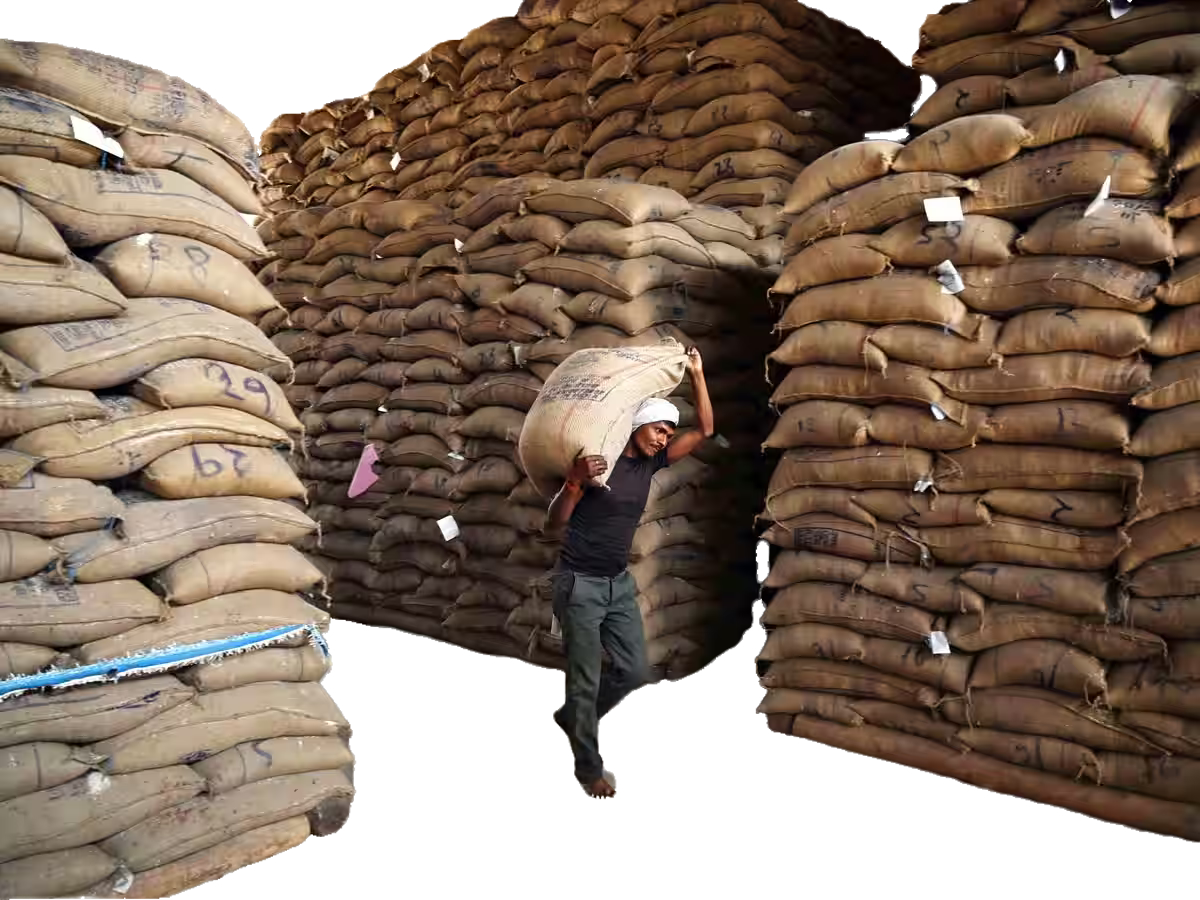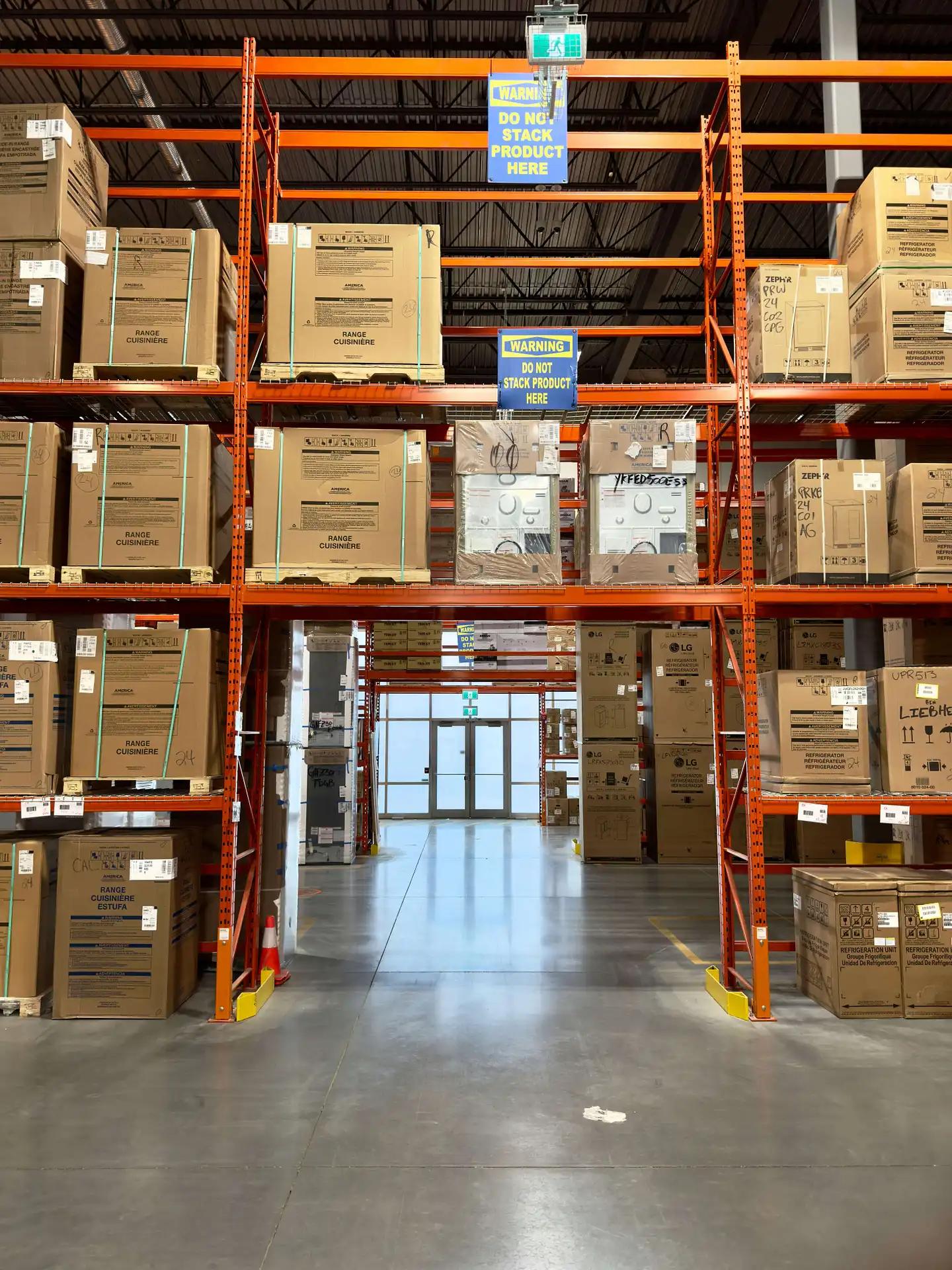Yes, warehouses.
These simple buildings play a very important role in the supply chain. They might not be as flashy as high-tech tracking systems, but they are stable, affordable, and dependable. Here's why:
Stability: A Safe Place in a Busy World
In a supply chain, everything is connected. If one part is delayed or disrupted, it can cause problems throughout the chain. Warehouses provide a stable place in this busy system.
A well-run warehouse makes sure goods are stored safely, inventory is tracked correctly, and orders are filled efficiently. This stability helps the rest of the supply chain work smoothly, reducing risks and preventing expensive problems.
Affordability: More Than Just a Place to Store Things
Warehouses are not just places to store things; they are valuable assets that can help a company's finances.
By improving warehouse operations, companies can lower storage costs, speed up order fulfillment, and make customers happier. Also, with the trend of just-in-time inventory management, warehouses can help companies lower their inventory holding costs, making them even more affordable.
Dependability: The 'Boring' Factor That's Really Important
When we say warehouses should be 'boring', we mean they should be dependable, predictable, and consistent. In the world of supply chains, 'boring' is good. It means there are no bad surprises, no unexpected problems, and no unexpected delays.
A dependable warehouse makes sure the right products are available at the right time and in good condition. This dependability not only makes operations more efficient but also builds trust and loyalty with customers.
In conclusion, while it's easy to get excited about new supply chain technologies, let's not forget about warehouses. They may be simple, but they are the unsung heroes of the supply chain, quietly making sure operations run smoothly and efficiently.
So, next time you think about your supply chain strategy, remember: A little 'boring' can be very helpful!
More Articles to Explore

Warehousing Automation in India
In India and across Southeast Asia, the warehousing sector is often characterized by traditional practices that heavily rely on manual labor. While there is a growing trend towards modernization and automation, the majority of warehouses, commonly referred to as godowns, still grapple with several inefficiencies that can significantly hamper productivity and accuracy.

Storewise is not a traditional C&F
In business, the ability to adapt and evolve isn't just a mantra; it's a must for survival and growth. Manufacturers intent on boosting sales face a common bottleneck: their distribution partners. The push for growth too often meets the pull of traditional C&F models, stockists, and retailers resistant to change. This mismatch creates friction, slowing down the very growth manufacturers strive for. It's a critical challenge that, left unchecked, can derail even the most ambitious sales strategies. Storewise emerges as the forward-thinking distribution partner for manufacturers seeking to streamline their supply chain and boost sales. This article explores how Storewise is setting a new standard for efficiency and profitability in manufacturing.
![[object Object]](/_next/image?url=https%3A%2F%2Fcdn.sanity.io%2Fimages%2F15uaalow%2Fproduction%2F4be5f8f0c52cc346326d5f806ecd3c15c8cc6ebc-1024x1023.png%3Ffit%3Dmax%26auto%3Dformat&w=3840&q=75)